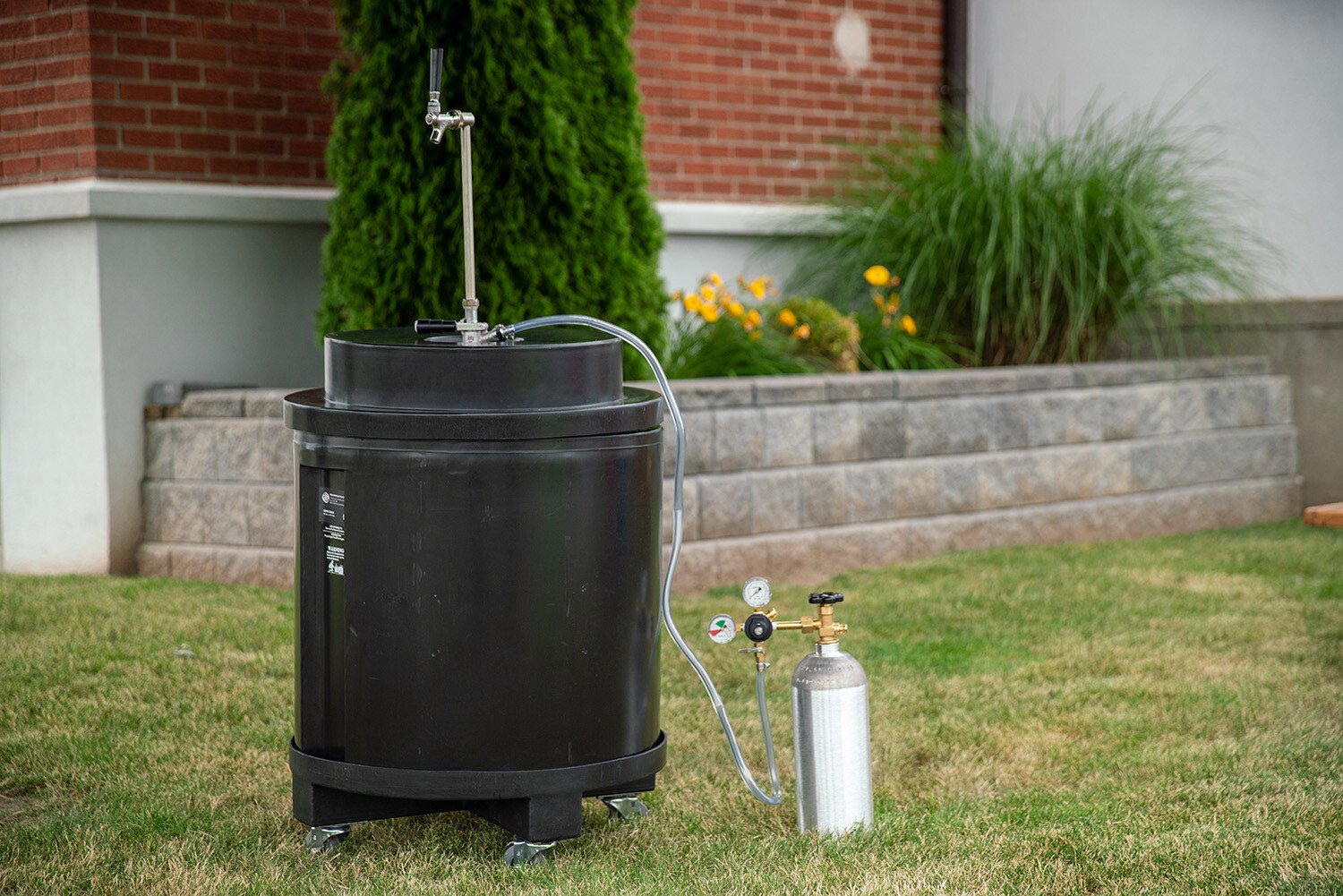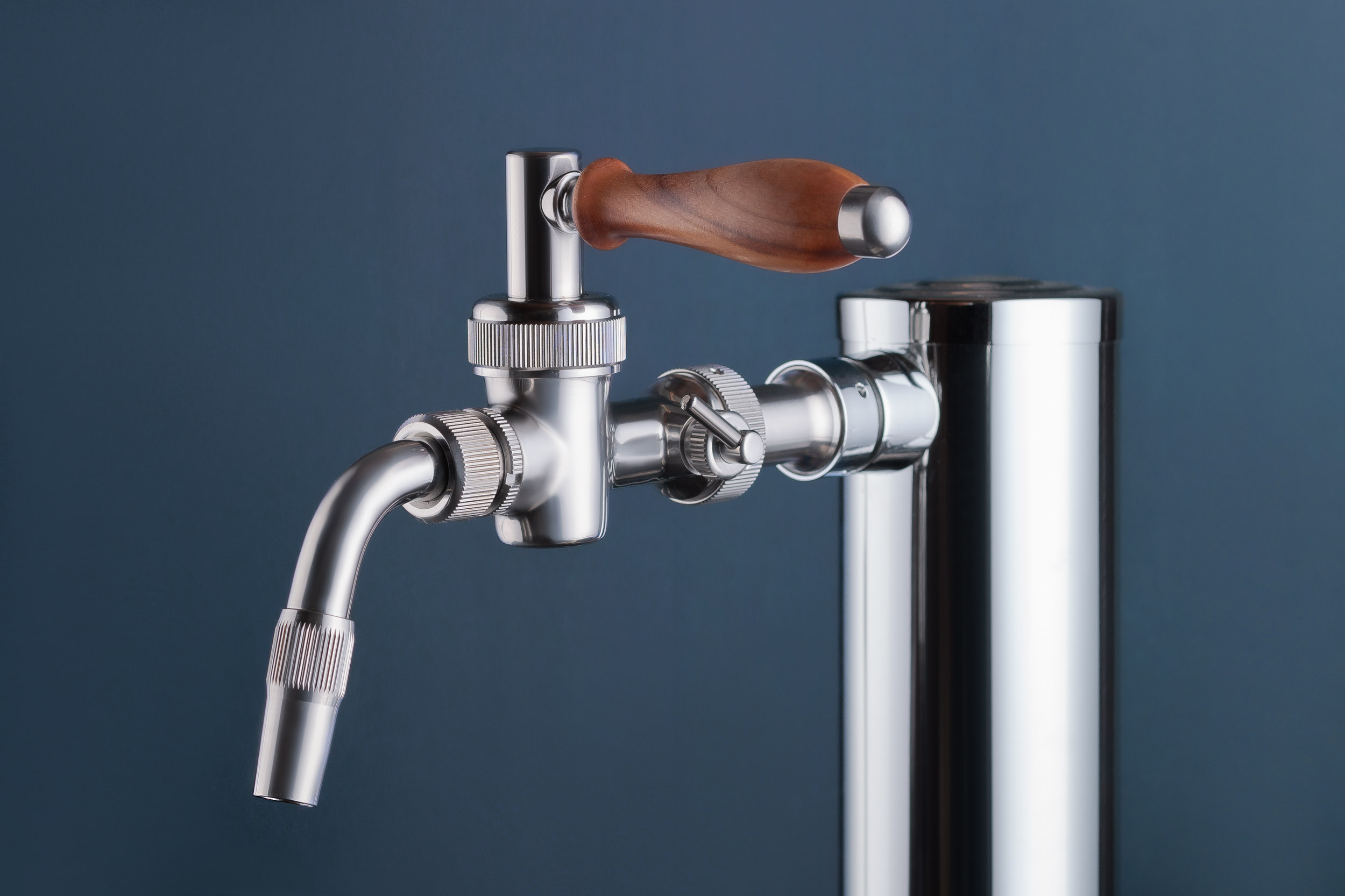KegWorks Homepage
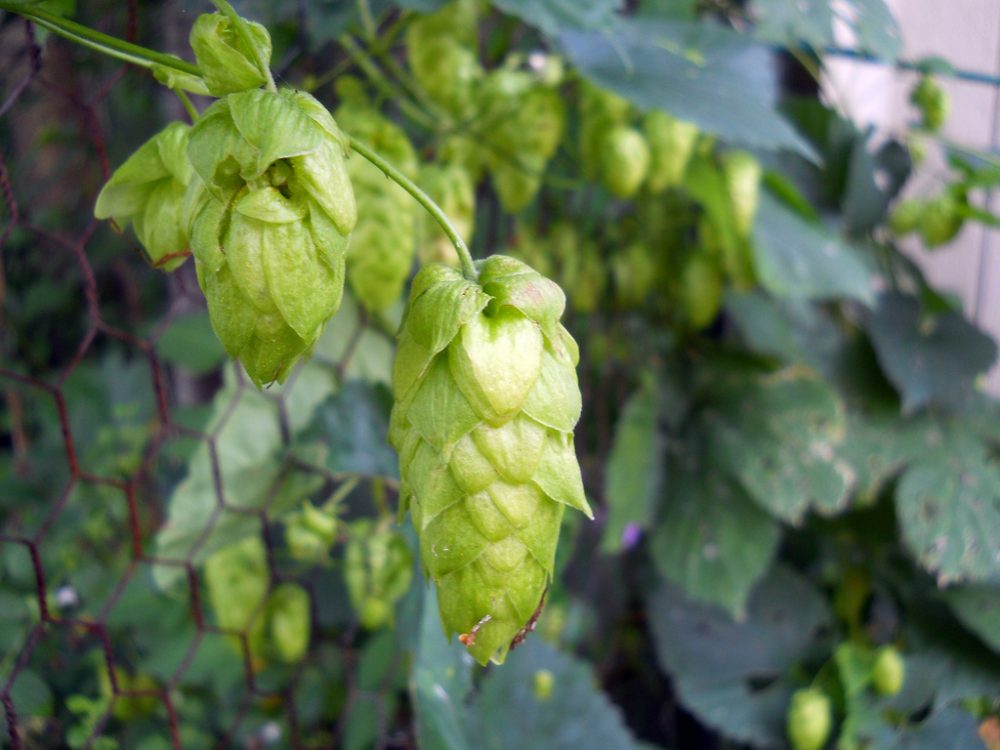 Photo credit: Kate Ter Haar /Flickr/CC BY 2.0
Photo credit: Kate Ter Haar /Flickr/CC BY 2.0
Hops are the green, cone-shaped flowers of the female hop plant, also known by its scientific name Humulus lupulus. (Have fun with that one after a few beers.) Hops are chock full of alpha acids, which are the primary bittering agent brewers use to balance the sweetness in the beer imparted by grain during the brewing process. Hops are also a concentrated source of the essential oils that lend many beers their signature, intoxicating flavors and aromas. And before modern refrigeration, hops served as an important beer preservative.
How Are Hops Used In Beer?
Brewers use hops in beer to varying degrees. In some styles, like the omnipresent IPA, hops take centerstage. In other styles, like stouts, hops typically play a less obvious role; they add backbone and depth, but the beer’s flavor and aroma is mostly defined by the grain bill.
Coaxing particular characteristics out of hops takes skill and experience. Brewers manipulate which varieties of hops they use and for how long they're boiled to achieve particular effects.
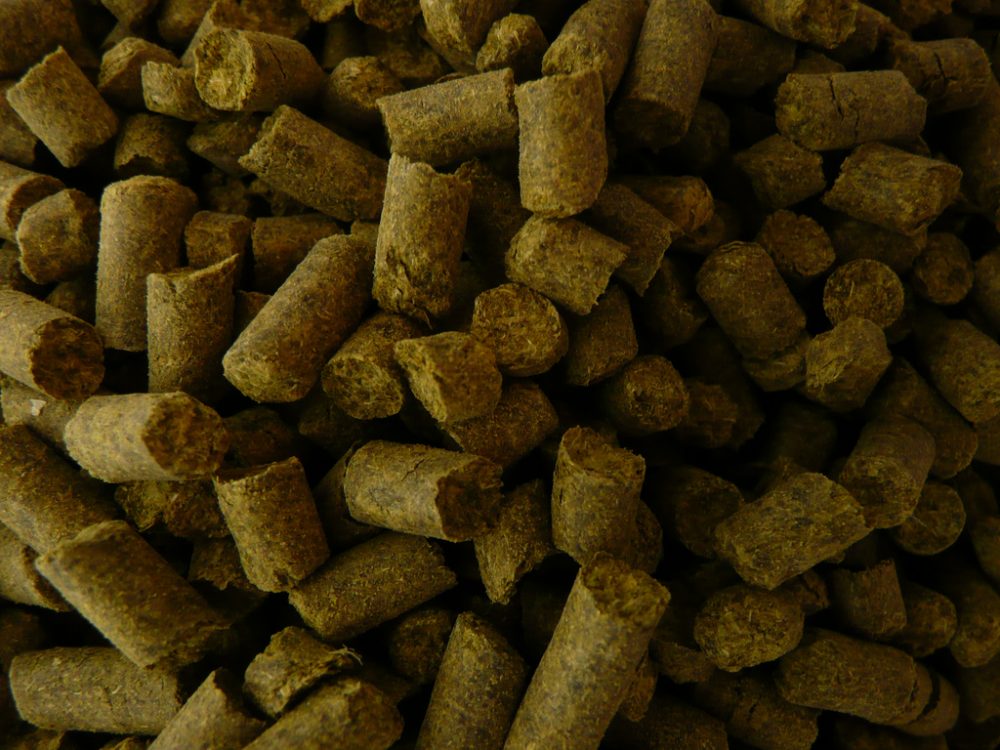 Hops come whole or in plugs and pellets, like these. Photo credit: Epic Beer/Flickr/CC BY 2.0
Hops come whole or in plugs and pellets, like these. Photo credit: Epic Beer/Flickr/CC BY 2.0
Types of Hops
Just as there are dozens of varietals of grapes used for winemaking, there are a ton of different kinds of hops available to brewers. And just like wine grapes, hops of different strains and from different growing regions bring to the table (or should I say kettle?) different flavors, aromas, and bittering capabilities.
For starters, hop strains differ in terms of their alpha acid and essential oil levels. Hops with high amounts of alpha acids are especially useful for adding sharp, angular bitterness to a finished beer. Hops with loads of essential oils contribute the most in terms of flavor and aroma. Some strains have sufficient levels of both to be appropriate for all three applications.
In general, hops strains are categorized by their geography of origin. The three most prominent categories are Noble hops, which come from Germany and the Czech Republic; American hops from the United States; and English hops, from--your guessed it--England. Within each category, there are many hop strains to choose from.
Noble Hops
Of the three categories, Noble hops, which includes strains like Saaz and Tettnanger, are considered the most classic. They are what lend traditional German and Czech pilsners and lagers their characteristic flavor profiles. Noble hops tend to be particularly rich in the high-aroma essential oil humulene and have low alpha acid levels.
American Hops
American hops, including heavy hitters like Cascade and Centennial, tend to be bold, bright, and highly aromatic. In general, they have higher amounts of the essential oil myrcene, which gives them their characteristic citrus and pine notes.
English Hops
In contrast, English hops (Fuggle is an example) have lower levels of myrcene. This allows the more subtle aromas of other essential oils to shine through. The profiles of English hops, therefore, tend to be more delicate and mild. Notes of earth, molasses, herbs, spice, and wood are common. English hops constitute only a small percentage of hops grown worldwide but are imperative to traditional British ales.
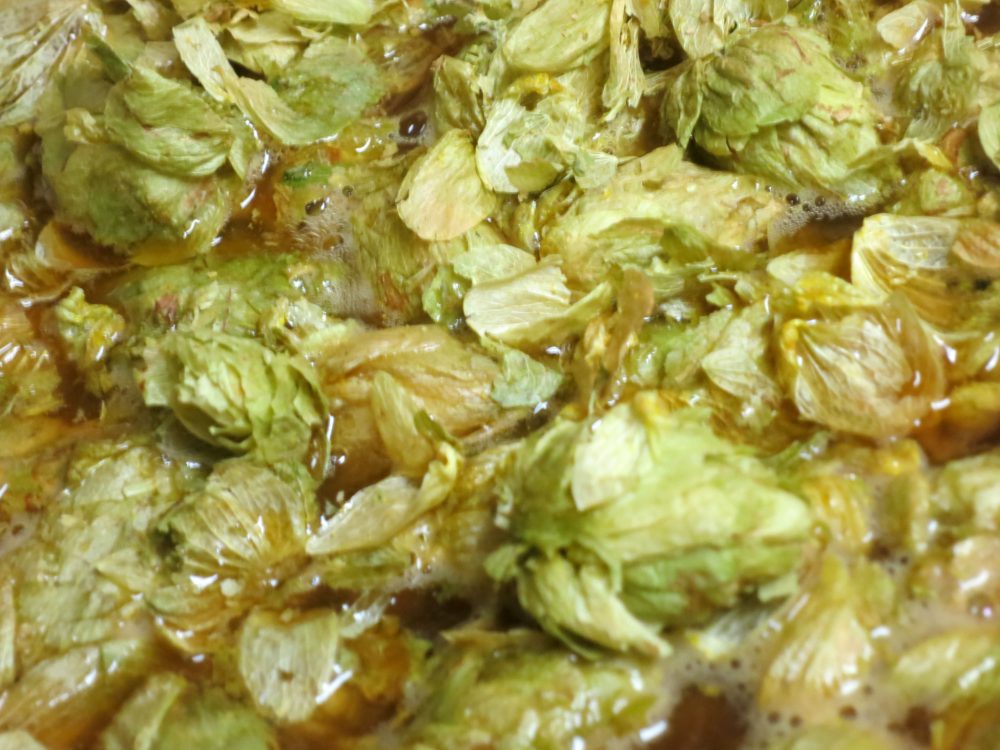 Photo credit: Daniel Lobo/Flickr/CC0 1.0
Photo credit: Daniel Lobo/Flickr/CC0 1.0
Timing of Hop Additions
Brewers introduce hops to the beer making process after mashing. During mashing, grains steep in hot water to activate the malt enzymes and convert its starches into fermentable sugars. The sweet liquid byproduct is called wort, which must be boiled before it is fermented and turned into beer. During the boil, brewers add hops to the wort in stages to effect bitterness, flavor, and aroma.
Bittering hops are added to the wort toward the beginning of the boil and are left to bubble and steep for at least 45 minutes and up to an hour and a half. The heat catalyzes a chemical reaction called isomerization, which turns alpha acids into water soluble iso-alpha acids. The longer bittering hops are left to boil, the more iso-alpha acids are transferred to the wort.
At the same time, a long boil destroys the flavorful essential oils inherent to hops. If a brewer is using hops for flavor and wants to preserve those delicate compounds, he or she will add them later and boil them for a shorter duration--generally about 15 minutes but no more than about 30.
The essential oils in hops responsible for aroma are even more susceptible to the damaging effects of heat. For that reason, aromatizing hops are added at the very end and boiled for the shortest amount of time--typically not longer than five minutes.
Sometimes, aromatizing hops aren’t boiled at all. Instead, brewers may choose to steep them off the heat after fermentation, extracting the volatile oils slowly and gently over a period of days or even weeks. This method is called dry hopping, and it is commonly used in the production of Pale Ales and IPAs.
Getting to Know Different Hop Varieties
If you want to familiarize yourself with the different hop varieties available, you can order small quantities of hops online and spend time analyzing their aromatic profiles. More immediately, you should start reading the labels of the beer you drink. Breweries will often identify the hops used in a particular recipe on the bottle or can.
If a recipe uses multiple kinds of hops, it might be difficult to differentiate them at first. To educate your palate, try seeking out beers that showcase a single hop variety. Bell’s Brewery makes Two Hearted Ale with 100% Centennial hops, and it is widely available. Other single-hop beers include:
Liberty Ale | Anchor Brewing
Hops: Cascade
Sorachi Ace | Brooklyn Brewery
Hops: Sorachi Ace
Zombie Dust | 3 Floyds Brewing Co.
Hops: Citra
Pilsner Urquell | Plzeňský Prazdroj
Hops: Saaz
Caitlin
Comments
Bob Hollowell
April 11, 2018, 8:08 am
Long time drinker .....First time commenter.
Very good article. I am matriculating through the Court of Sommelier course and beers are a big part of it. As impossible as it is to taste every wine so is it unthinkable to partake of every beer. Id like to get a flavor profile of the top hops used in todays microbrews. I think that would be a great resource to use in my profession. Black and white is easier than diminishing brain cells. Can you point me in the right direction?
Jacqueline Lalonde
May 14, 2018, 2:46 pm
Would like to purchase 1 lb of the English hops.
Could you tell me the price and where are you situated
Thank you.
Madhu
June 20, 2018, 11:59 am
Excellent Thanks
Bob
March 20, 2019, 11:44 pm
Why are hops used in beer? Are hops used in all beers?
Chris
March 21, 2019, 5:44 pm
Hi Bob,
Yes, hops are used in virtually every kind of beer, though some beers use them more heavily than others, hence the term given to many IPAS, "hoppy". Ales and lagers tend to be less hoppy than IPAs or high-ABV beers. Hops are used to give beers the proper amount of bitterness and aroma, while the grain (such as barley) adds sweetness. Hops were also used as a preservative before modern refrigeration. Cheers!
Sarah Stigers
June 12, 2019, 3:00 am
My husband loves hops and I was told by someone that doesnt like this kind of beer that it is made from scrapings from the floor. Is this true?
Marilyn
July 29, 2019, 11:02 am
Are the hops used before or after their pollen has set? I know that it is incredibly bitter!
Nick
April 11, 2020, 10:06 pm
Lol. No just a Hop Hater
Callum McCrae
December 22, 2021, 9:59 pm
I made draught beer using hops from a box gifted to me by some one giving up making his own. I managed to make 5 gallons of beer which I put into bottles but found it to strong to drink. However a colleague of mine took all the bottles home with him and told me it was the best beer he had ever tasted. I went into a herbal shop and bought brewen lager in a plastic pot and was able to make 5 gallons of lager in a pressure barrel and for the last 2 gallons had to use a co2 injecter to get the rest of the lager out of the barrel. It was a warm day and one of the labourers on Wimpy site tried it out and said it was the best lager he had ever tasted. He was joined by an other labourer how also said it was a good strong lager. Later on that day the site agent came to my home and complain that two of his labourers were drunk on the job. I said to him that it was not all that strong and I said to him why do you not try some of it. he replied I am A whiskey drinker and not a lager drinker. I said to him why don't you try it yourself and poured out a pint for him and tell me if he feels it to strong. He drank the pint of lager and said it was quite refreshing and did not think it was to strong, and he let after that. Later on that day the watchman came to my door and asked me if I had seen the site agent around, because his wife had phoned because he had not arrived home. The watchman said his car was still outside the site agents office but could not find him. I went with the watchman to go a look for him. We entered the site office to the sound of snoring behind a couch and low and behold we found the sit agent. I then checked on my lager to find that I had got it down to 20 degrees of alcohol. No wonder it knocked out the site agent. All Wimpey workers were band from entering my home area.
Fast Shipping
Quick Turnaround Times
Hassle-free Returns
60-Day Return Policy
Secure Shopping
Through SSL Protection
Expert Support
Call 877.636.3673

